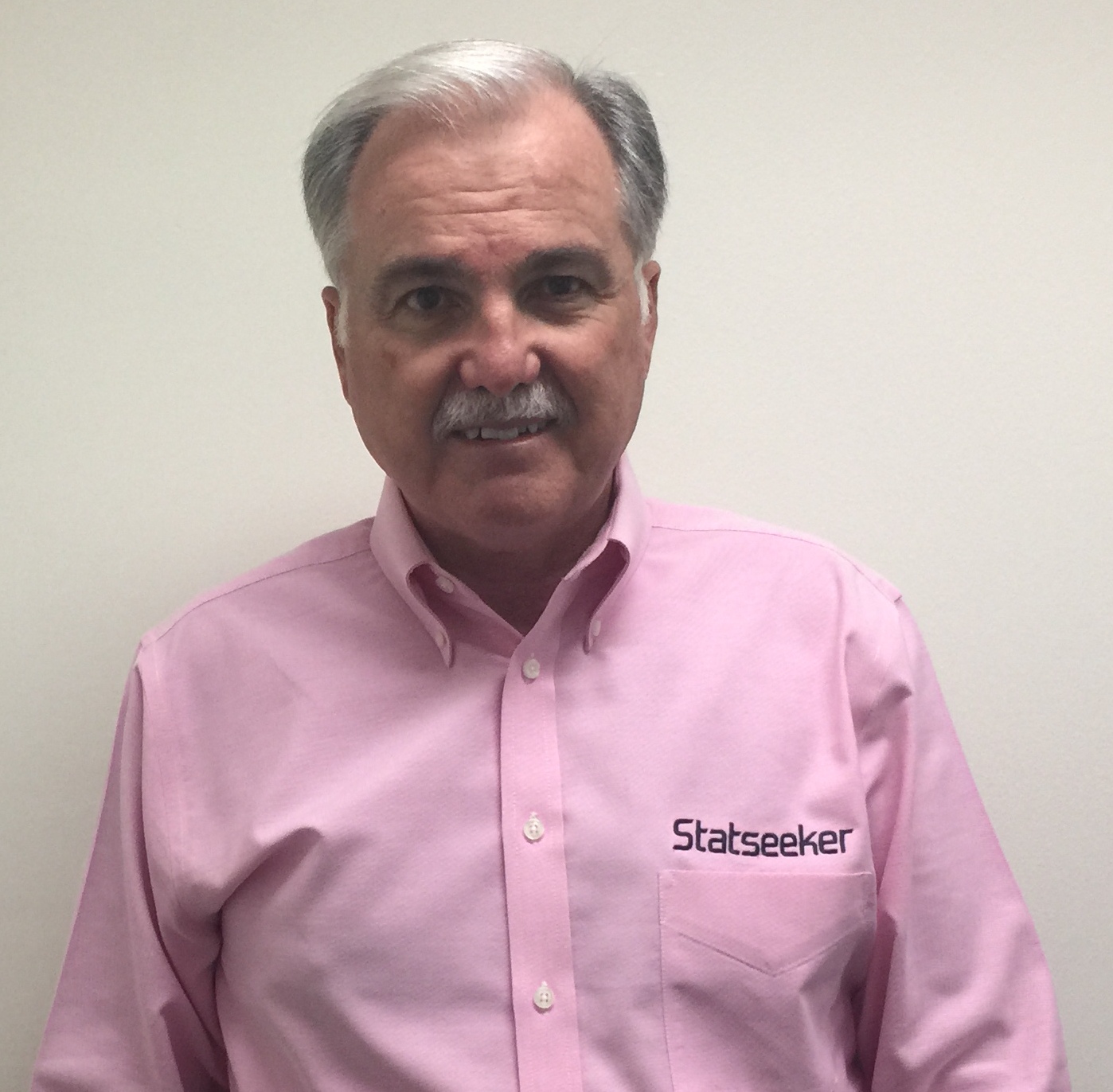Network Growth is Exploding – Why Fast End-to-End Polling Time Becomes Vital
IBM, Cisco, and GE are pushing the IIoT as a major revolution in how marketing and manufacturing is done. The IIoT demands nearly 100% uptime all the time, and the only way to make sure you get that, is with a Network Information management (NIM) that operates in real-time.
Bridging the IT/OT and Moving to Sensor to Boardroom Information
There are two major differences between IT networks and OT networks. The first is that IT networks are transactional in nature, while OT networks are real-time, with time series data coming from sensors and controllers. The second is the shift from CIA in IT networks, to AIC in OT networks. IT data must be converted to OT data forms to be used, and OT data must be converted to IT forms. You have to decide which pieces of information the boardroom needs, and what the operations side needs and keep them separated.
Should you Capture all Data?
Should you capture all the data that goes through the network? Probably not. But should you capture all the network performance data? Absolutely. You need a NIM that will capture all that data, and store it with the same level of granularity with which it was recorded. Only then will you be able to spot trends, see difficulties arise, and get problems fixed before they become mammoth.
Capturing the Right Data
Modern networks will be enormous, with IoT sensor networks, lots of wireless devices and lots of data. How do you know that the data you are capturing is the right data? You need to plan ahead for the data tsunami. Make sure that you are seeing the data for the operation of the network, as well as, the data you need to make sure the network continues to be 100% available.
How this Impacts Big Data and Analytics
You may need to use big data analytics to help you do these analyses. But you can always see the status of your network if you have the right NIM.
Network Growth is Exploding – Why Fast End-to-End Polling Time Becomes Vital
As your network gets bigger, you need to keep up with it in near real-time. You need a NIM and network visualization tool like Statseeker that has very fast end-to-end polling time. If it takes you two days to finish a single round of polling, and something is not working, that then is two days before you know about it, and can begin to do maintenance. Only with a performant NIM you can have a chance of 100% uptime.
Network Monitoring Can Help You Manage Your Network by Exception Alerting
It is too easy to be overloaded by data. Even with an excellent information manager, you can be lulled by the data ticking past you. A large network generates many pieces of information. It is important that you manage your network by setting up alerts that work by exception. You do not need to know if everything is okay, what you need to know is when something is out of the ordinary, and not okay. All in all, alerting by exception is a way to make your alarms intelligent.
Changes in network architectures, operations, and usage, demand that you do things differently. After all, uptime is key.
This eBook is about looking forward. It is not a book about networking per se, so you will not find a history of networking here. Importantly, this eBook is about the future of connectivity, and the challenges that new technologies and disruptive behaviors bring that changes the way networks must perform.
This is an excerpt from the eBook published by Statseeker. Download to find out more about:
- How Network Information and Visualization Work
- The Importance of a Network Information Baseline
- Network Operations You Can See
- Visualizing Network Security
- Virtual Networks and Network Visualization
- Network Information Management – Internet of Things
- Predictive Maintenance via Network Management
- Scaling and Future Proofing Networks – Case Studies
- Justifying the Network Visualization Opportunit
- Find out more about Industrial IoT platform market growth.
 Frank Williams is the CEO of Statseeker, a global provider of innovative network monitoring solutions for the IT enterprise and OT industrial market space. Frank holds a BSEE, augmented by many post graduate courses in management, leadership and technology.
Frank Williams is the CEO of Statseeker, a global provider of innovative network monitoring solutions for the IT enterprise and OT industrial market space. Frank holds a BSEE, augmented by many post graduate courses in management, leadership and technology.

